

2024 Tùy Chỉnh Chất Lượng Cao Ngoài Trời Nhà Bếp Thép Không Gỉ Patio Mùa Hè Phụ Kiện Với BBQ Nướng Đối Với Đảng

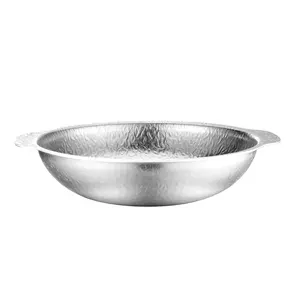
Chất Lượng Cao 3-Ply Thép Không Gỉ Tách Chảo Hai Xử Lý Arare Nồi Nhật Bản Hàn Quốc Phong Cách Nấu Ăn Bít Tết Cảm Ứng Fry Pan
Sẵn sàng vận chuyển


Điện dọc Rotisserie grills, bảng dọc Rotisserie Lò nướng điện nướng BBQ nướng không khói Lò nướng điện

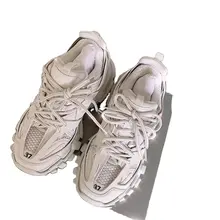


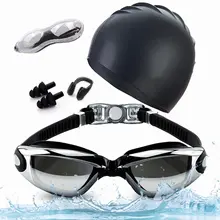






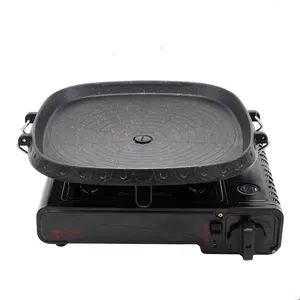








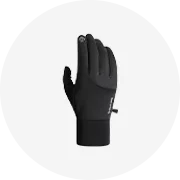




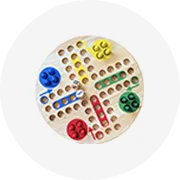
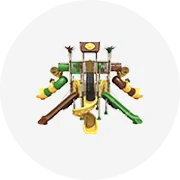
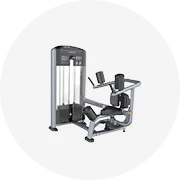









 浙公网安备 33010002000092号
浙公网安备 33010002000092号 浙B2-20120091-4
浙B2-20120091-4